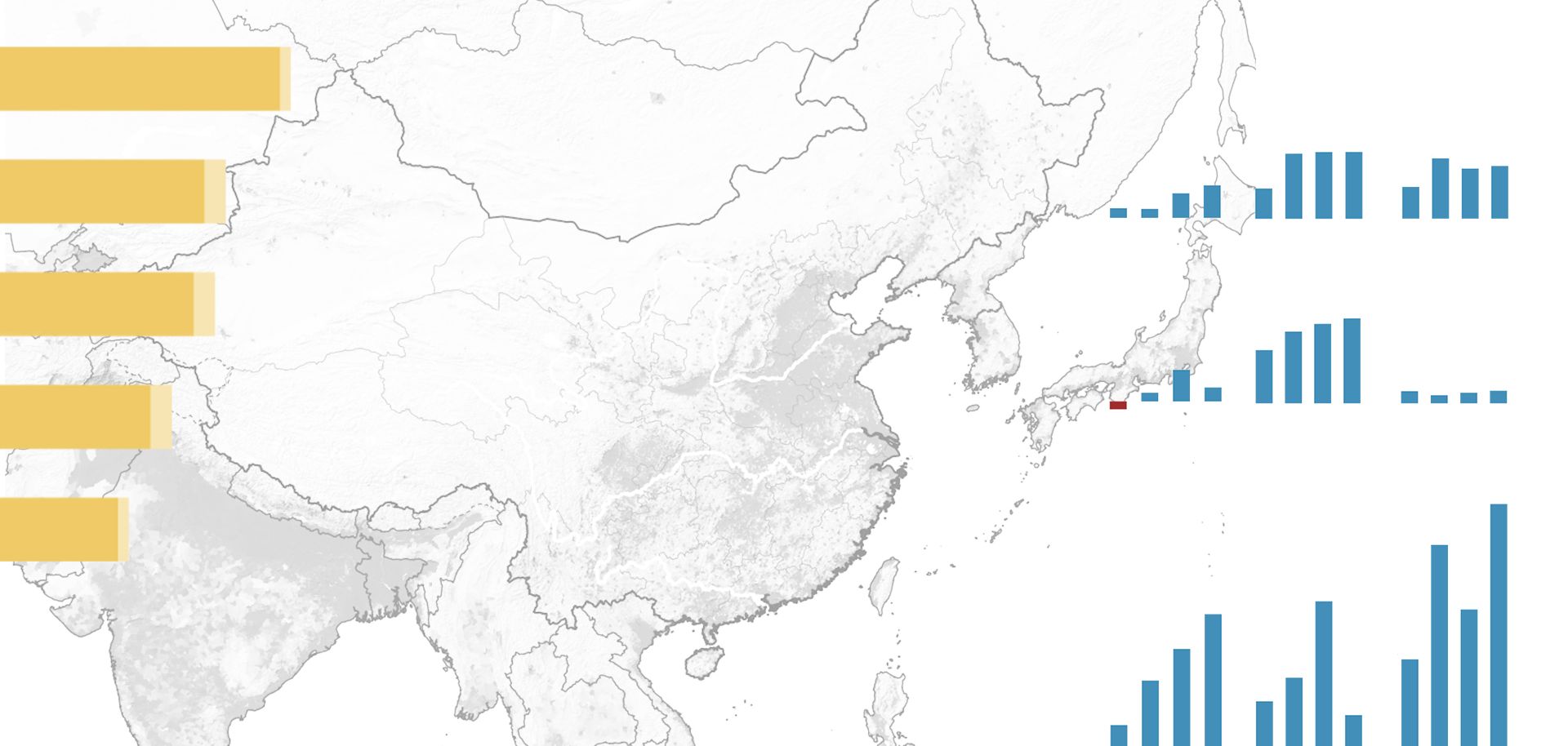
As the Libyan crisis enters its third week, the forces loyal to Libyan leader Moammar Gadhafi and those affiliated with the newly created National Libyan Council in eastern Libya remain in stalemate. Though the line of control continues to shift back and forth near the oil export facilities around the town of Ras Lanuf, neither side seems capable of pushing through and defeating the other. The opposition has proposed a no-fly zone as a potential solution. The main problem for the countries being asked to implement one (the United States, France, the United Kingdom and Italy would be the main candidates), is that a no-fly zone would not do much to shift the military balance in the rebels' favor. Gadhafi's strength does not lie in the Libyan air force (it is in his conventional military), and the rebels do not appear capable of making any armored push across the desert first to Sirte, and then Tripoli, even were all the fixed-wing aircraft prevented from flight. There are other risks involved in implementing a no-fly zone, which would require first the bombing of Libyan military installations. Hidden anti-aircraft installations or surface-to-air missile sites could down foreign planes, collateral damage could create a public relations incident, and the situation could escalate to the point where getting out would become harder than initially conceived. This, of course, is to say nothing about the potential for unintentionally aiding a rebel force about which the international community knows little, other than the fact that the rebels are predominantly from eastern Libya and oppose Gadhafi's continued rule.


